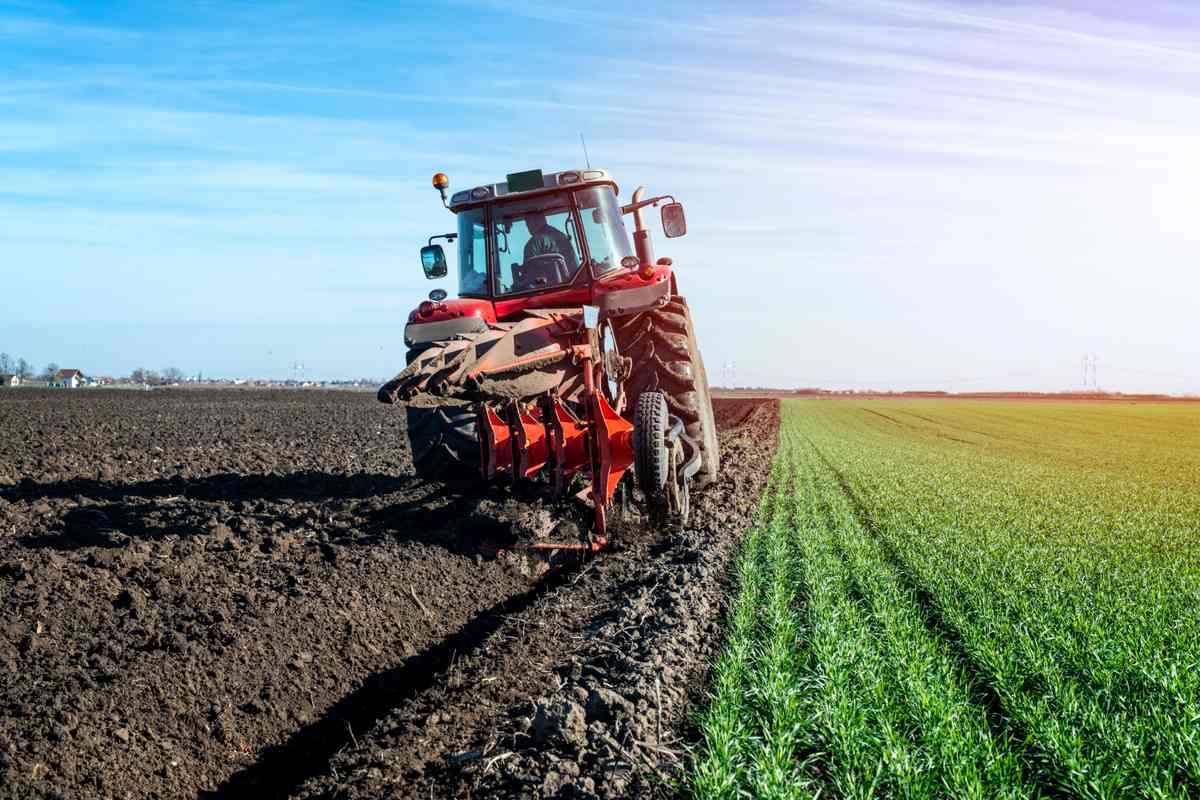Land preparation in agriculture encompasses a range of activities that are undertaken to make the soil suitable for cultivating crops. These activities involve a combination of mechanical, chemical, and biological processes that are aimed at optimizing the soil’s structure, fertility, and moisture content to support the growth of crops. The key steps involved in land preparation include the removal of vegetation and debris, the plowing or tilling of the soil to break up compacted layers and create a seedbed, the leveling of the land to ensure even distribution of water, and the incorporation of organic matter or fertilizers to enhance soil fertility. Effective land preparation plays a crucial role in promoting seed germination, facilitating root development, and establishing crops successfully, ultimately leading to higher yields and improved agricultural productivity.
Table of Contents
5 Steps in Land Preparation in Agriculture
The 5 Steps in Land Preparation in Agriculture that are most important for promoting seed germination, root development, and overall crop establishment are described below.

1. Ploughing
Ploughing is a crucial step in preparing land for agriculture, involving the mechanical turning and fragmentation of the soil to create an ideal seedbed for planting. This traditional method is typically performed using a plough, a farming tool equipped with sharp blades or discs that penetrate the soil and turn it over, effectively burying weeds, crop residues, and organic matter. Ploughing serves multiple purposes, such as loosening compacted soil, enhancing soil aeration and drainage, and suppressing weed competition by burying surface vegetation. Moreover, it aids in the integration of organic amendments and fertilizers into the soil, promoting the availability of nutrients and enhancing soil fertility. Through the process of breaking up the soil and preparing a well-tilled seedbed, ploughing facilitates seed germination, root development, and overall crop growth, ultimately leading to increased yields and improved agricultural productivity.
2. Harrowing
The process of harrowing is essential for land preparation in agriculture, as it involves breaking up clods, leveling the soil surface, and controlling weeds using a harrow implement. By creating a fine, firm seedbed, harrowing facilitates seed germination and seedling emergence, while also aerating the soil, improving soil structure, and enhancing water infiltration and nutrient distribution. Whether done manually with handheld harrows or mechanically with tractor-mounted harrows like disc, spike-tooth, or spring-tooth harrows, the intensity and timing of harrowing are determined by factors such as soil type, crop requirements, and weather conditions. Multiple passes are often necessary to achieve optimal soil preparation, ultimately playing a crucial role in preparing the land for planting, supporting healthy crop growth, and maximizing yield potential in agricultural production systems.
3. Leveling
Leveling plays a vital role in agricultural land preparation by smoothing out uneven terrain to create a uniform surface for planting and crop growth. This process is essential for optimizing water distribution, reducing erosion, and improving soil moisture retention. By eliminating high spots and filling in low areas, leveling ensures uniform crop emergence, facilitates efficient irrigation and drainage, and promotes optimal root development. Various techniques and machinery, such as laser leveling systems, land graders, and bulldozers, are utilized to achieve precise land contours and gradients based on crop requirements and soil characteristics. Proper leveling enhances soil productivity, minimizes water runoff, and maximizes crop yield potential, ultimately supporting sustainable agricultural practices and improved land management.
4. Applying Soil Amendments
It involves adding substances to enhance soil fertility, structure, and nutrient availability. Soil amendments like lime, gypsum, organic matter, and compost are applied based on soil test results and the specific needs of the crops. Lime is commonly used to adjust soil pH levels, while gypsum aids in improving soil structure and drainage, especially in heavy clay soils. Organic matter and compost are added to provide essential nutrients, improve soil structure, retain water, and promote beneficial microbial activity. By carefully selecting and applying soil amendments, farmers can optimize soil health, fertility, and productivity, thereby establishing a solid foundation for successful crop growth and achieving high yields.
5. Fertilizer Application
Applying fertilizer is crucial for getting the land ready for farming, as it helps provide the necessary nutrients for the soil to help crops grow well and produce efficiently. Before planting, farmers evaluate soil nutrient levels and crop requirements through soil testing to determine the appropriate type and quantity of fertilizer needed. Fertilizers that contain key nutrients like nitrogen, phosphorus, and potassium are applied to replenish soil fertility and address specific nutrient deficiencies. The timing and method of fertilizer application are influenced by factors such as crop type, soil conditions, and agronomic practices. By ensuring proper fertilizer application, farmers can promote robust plant growth, improve yield potential, and enhance crop quality, thereby contributing to sustainable agricultural production and food security.
Conclusion
In conclusion, these five essential steps in land preparation in agriculture collectively lay the foundation for successful crop production. Ploughing effectively breaks up the soil, allowing roots to penetrate and water to infiltrate. Harrowing, on the other hand, refines the soil surface, creating an ideal seedbed for planting. Leveling ensures even water distribution and reduces erosion, while applying soil amendments replenishes nutrients and enhances fertility. Fertilizer application provides additional essential nutrients for plant growth and development. By combining these steps, soil conditions, nutrient availability, and water management are optimized, leading to healthy crop establishment, robust growth, and ultimately, higher yields. By carefully executing each stage of land preparation, farmers can maximize crop productivity, minimize production risks, and sustainably manage agricultural resources for long-term success.








I concur with every idea you have expressed in your post; they are really well-written and will have a positive impact. But the postings are very short for newcomers; maybe you might extend them a bit in the future? I’m grateful for the post.
I was suggested this web site by my cousin Im not sure whether this post is written by him as no one else know such detailed about my trouble You are incredible Thanks